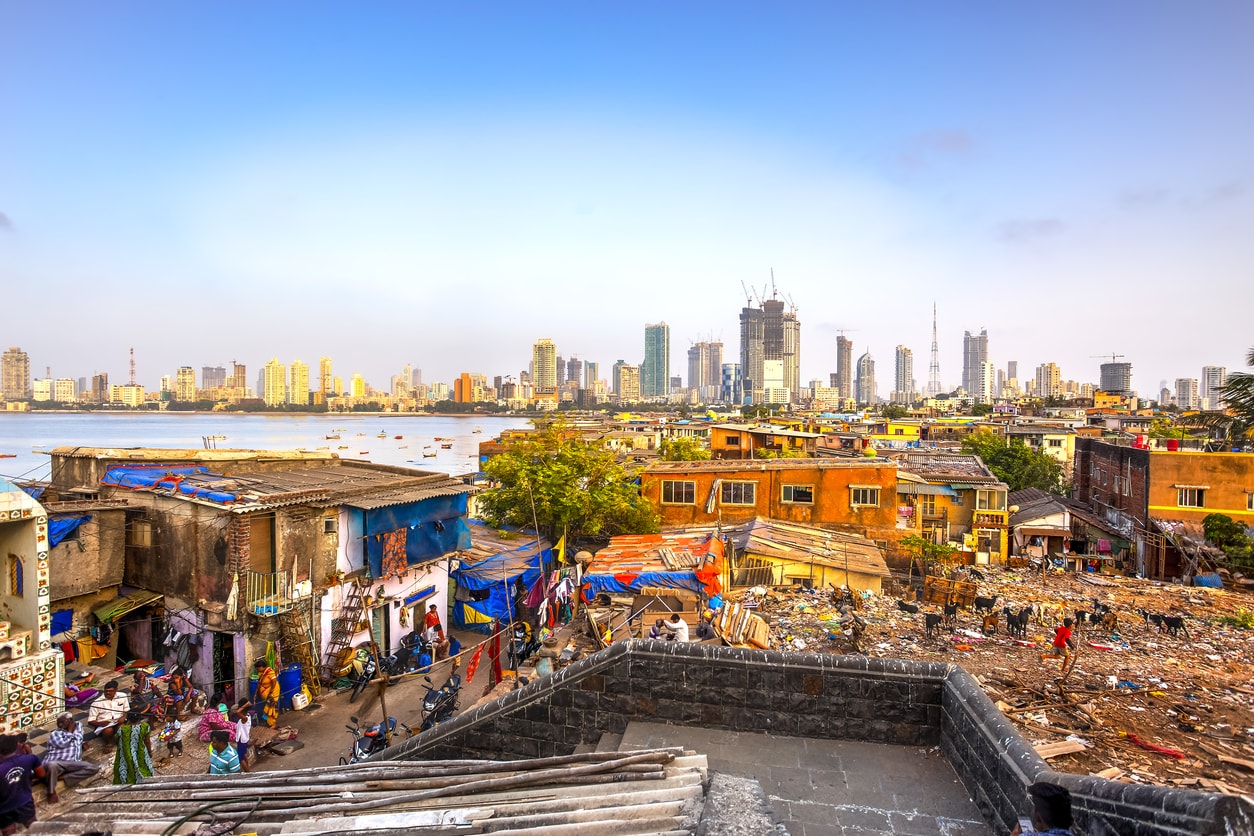slum tourism: the practice of local or visiting sightseers who pay for tours of sections of urban areas where there is extreme poverty, especially in cities in the developing world.
*** TROVELOG ***
Manila is starkly representative of a global problem. According to the United Nations, about a quarter of the world’s urban population lives in slums—and this figure is rising fast.
Rich cultural heritage brings visitors to Manila, but some feel compelled to leave the safety of the historic center sites to get a glimpse of the city’s inequality. Tour operators in the Philippines – as well as places like Brazil and India – have responded by offering “slum tours” that take outsiders through their most impoverished, marginalized districts.
Slum tourism sparks considerable debate around an uncomfortable moral dilemma. No matter what you call it—slum tours, reality tours, adventure tourism, poverty tourism—many consider the practice little more than slack-jawed privileged people gawking at those less fortunate. Others argue they raise awareness and provide numerous examples of giving back to the local communities. Should tourists simply keep their eyes shut?
Slum tourism is not a new phenomenon, although much has changed since its beginning. “Slumming” was added to the Oxford English Dictionary in the 1860s, meaning “to go into, or frequent, slums for discreditable purposes; to saunter about, with a suspicion, perhaps, of immoral pursuits.” In September 1884, the New York Times published an article about the latest trend in leisure activities that arrived from across the pond, “‘Slumming’ will become a form of fashionable dissipation this winter among our Belles, as our foreign cousins will always be ready to lead the way.”
Usually under the pretense of charity and sometimes with a police escort, rich Londoners began braving the city’s ill-reputed East End beginning around 1840. This new form of amusement arrived to New York City from wealthy British tourists eager to compare slums abroad to those back home. Spreading across the coast to San Francisco, the practice creeped into city guide books. Groups wandered through neighborhoods like the Bowery or Five Points in New York to peer into brothels, saloons, and opium dens.
See article at: Christine Blau, “Inside the Controversial World of Slum Tourism,” National Geographic, April 25, 2018
◄TrovelogTrovelogTrovelogTrovelogTrovelogTrovelogTrovelog►
Looking for something different than the usually dose of museums, beach resorts, and restaurants, many foreign tourists are now turning to places that may at first seem to be the antithesis of the typical vacation destination: slums. Far from being viewed as off-limits, no-go-zones that outsiders would be wise to avoid, some slum-like areas in cities like Mumbai, Johannesburg, and Rio de Janeiro have now become bonafide tourist attractions, bringing in tens and even hundreds of thousands of curious visitors each year.
Whether called a township, a favela, a barrio, a slum, a shantytown, or a ghetto, outsiders recreationally visiting these typically impoverished places is nothing new. There are records of middle and upper class Londoners heading over to the East End to gawk at the poor in the 19th century, which grew in such popularity that the colloquial term for this endeavor — “slumming” — was included in the 1884 edition of the Oxford English Dictionary. Meanwhile, curious visitors began venturing into the Lower East Side of Manhattan. More recently, following the global attention paid to the anti-apartheid movement in South Africa, many tourist began traveling to see the places where this struggle first arose, as “slum tourism” developed into a formalized commercial offering.
Today, slum tourism has grown into a legitimate global industry, bringing in over a million tourists per year. Tour operators are now offering visits to places like the townships of Cape Town and Johannesburg, the favelas of Rio, the slums of Mumbai and New Delhi, or even the skid rows of LA, Detroit, Copenhagen, and Berlin.
See article at: Wade Shepard, “Slum Tourism: How It Began, The Impact It Has, And Why It Became So Popular,” Forbes, July 16, 2016
◄TrovelogTrovelogTrovelogTrovelogTrovelogTrovelogTrovelog►
Slum tourism has a long history — during the late 1800s, lines of wealthy New Yorkers snaked along the Bowery and through the Lower East Side to see “how the other half lives.” But with urban populations in the developing world expanding rapidly, the opportunity and demand to observe poverty firsthand have never been greater. The hot spots are Rio de Janeiro, Mumbai — thanks to “Slumdog Millionaire,” the film that started a thousand tours — and my home, Kibera, a Nairobi slum that is perhaps the largest in Africa.
Slum tourism has its advocates, who say it promotes social awareness. And it’s good money, which helps the local economy.
But it’s not worth it. Slum tourism turns poverty into entertainment, something that can be momentarily experienced and then escaped from. People think they’ve really “seen” something — and then go back to their lives and leave me, my family and my community right where we were before.
I was 16 when I first saw a slum tour. I was outside my 100-square-foot house washing dishes, looking at the utensils with longing because I hadn’t eaten in two days. Suddenly a white woman was taking my picture. I felt like a tiger in a cage. Before I could say anything, she had moved on. . . .
[L]ooking at conditions like those in Kibera is overwhelming, and I imagine many visitors think that merely bearing witness to such poverty is enough. Nor do the visitors really interact with us. Aside from the occasional comment, there is no dialogue established, no conversation begun. Slum tourism is a one-way street: They get photos; we lose a piece of our dignity.See Op-Ed at: Kennedy Odede, “Slumdog Tourism,” The New York Times, August 9, 2010
◄TrovelogTrovelogTrovelogTrovelogTrovelogTrovelogTrovelog►
Megacities such as New Delhi, Mumbai, Sao Paolo and Mexico City have become almost unspeakably congested leviathans. They may be seen as “colorful” by those engaging what writer Kennedy Odede calls “Slumdog tourism.” They may also be exciting for those working within the confines of “glamour zones” with high-rise office towers, elegant malls, art galleries and fancy restaurants. But most denizens eke out a meager existence, attractive only compared to even more dismal prospects in the countryside.
See opinion piece at: Joel Kotkin, “The Rise of the Efficient City, The Wall Street Journal, November 26, 2010
◄TrovelogTrovelogTrovelogTrovelogTrovelogTrovelogTrovelog►
See related Trovelog posts: <>






